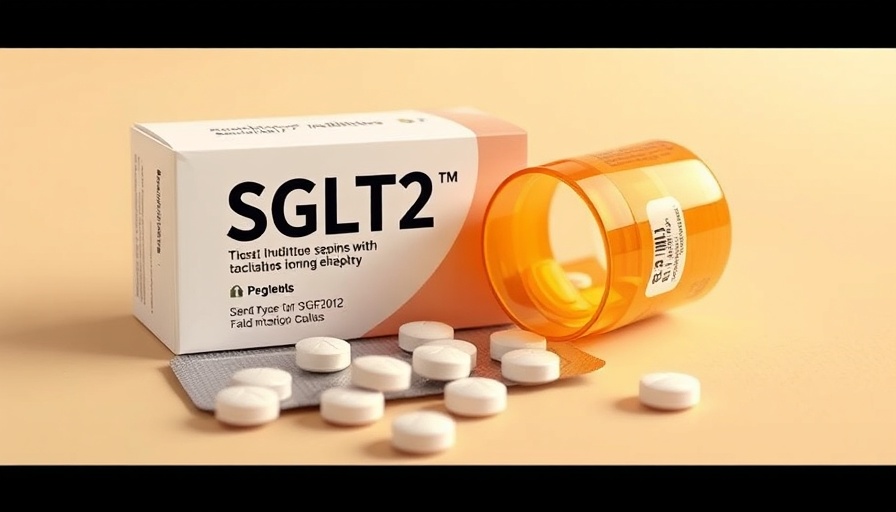
Understanding SGLT2 Inhibitors and Their Multifaceted Role
Sodium-glucose cotransporter-2 inhibitors (SGLT2i) are commonly used in managing type 2 diabetes, but recent research suggests they may also offer unexpected benefits for skin health. This is particularly important as up to 60% of patients with diabetes may experience skin conditions, among which atopic dermatitis (AD) is prevalent. In a groundbreaking study published in The British Journal of Dermatology, researchers uncovered a notable correlation between SGLT2i use and a reduced incidence of AD in diabetic patients.
Key Findings from the Recent Study
The comprehensive study analyzed data from the Taiwan National Health Insurance Database, focusing on diabetic patients who either started treatment with SGLT2i or DPP4 inhibitors (DPP4i). The findings were compelling: SGLT2i users exhibited a 16% reduced risk of developing atopic dermatitis, with the incidence rates being significantly lower compared to those on DPP4i.
- Reduced Rate of AD: The study reported 9.742 cases of AD per 1,000 person-years among SGLT2i users versus 12.070 among DPP4i users.
- Persistent Protective Effect: Regardless of the specific SGLT2i prescribed, participants experienced consistent reductions in AD risk.
- Gender Differences: Males appeared to benefit more, showcasing a lower risk ratio than females when using SGLT2i.
The Role of Systemic Inflammation
The protective effect against AD may stem from the mechanisms through which SGLT2i operates. One theory poses that the glucose excretion involved in the mechanism of SGLT2 inhibitors reduces systemic inflammation—which is critical in the pathogenesis of atopic dermatitis. By lowering blood glucose levels and thereby reducing inflammatory responses, SGLT2i may impede the conditions that foster skin irritations.
Gender Disparities: What They Mean for Treatment
Intriguingly, the study highlighted gender disparities in the effectiveness of SGLT2i. Male diabetic patients had more pronounced benefits compared to females, which begs the question of biological and physiological differences in response to diabetes treatments. Understanding these differences could be crucial for tailoring more effective therapeutic strategies that address specific patient demographics.
Potential Next Steps in Research and Treatment
The indications that SGLT2i can serve dual purposes—not only managing diabetes but also potentially preventing skin disorders like atopic dermatitis—opens up new avenues for research. Further studies should investigate the precise mechanisms through which SGLT2 inhibitors exert their skin-protective effects alongside their established roles in glucose regulation.
Actionable Insights for Healthcare Providers
Healthcare providers should consider the implications of these findings when prescribing medications for diabetic patients. Integrating SGLT2 inhibitors into the treatment regimen not only aids in glucose management but may also reduce the risk of dermatological issues, particularly in at-risk populations such as men.
Conclusion: A New Perspective on SGLT2 Inhibitors
This research emphasizes the need for a holistic approach in diabetes treatment, recognizing the interplay between metabolic health and skin conditions. As we continue to uncover the multifaceted benefits of SGLT2 inhibitors, it is paramount to remain informed and adaptive in our therapeutic approaches to ensure optimal health outcomes for patients.
 Add Row
Add Row  Add
Add 




Write A Comment